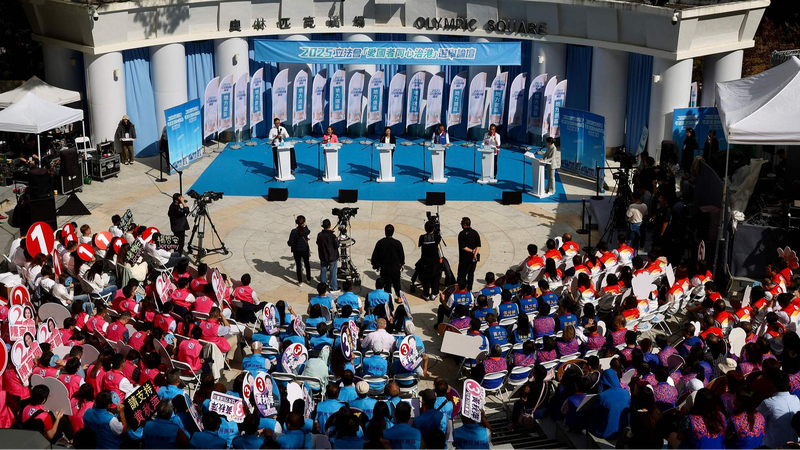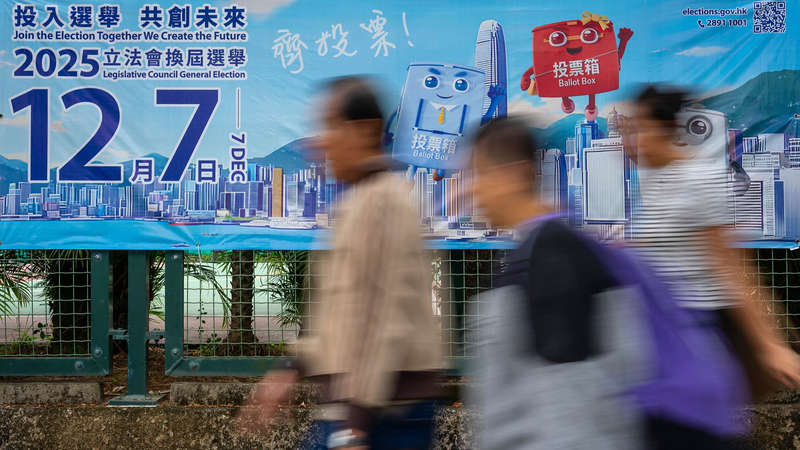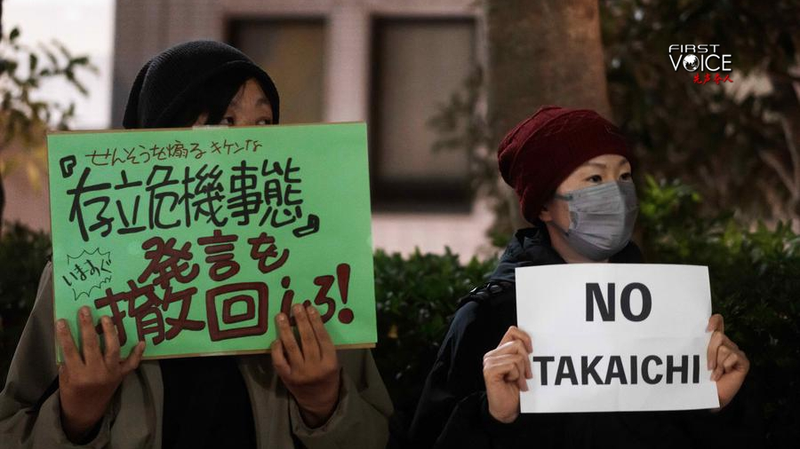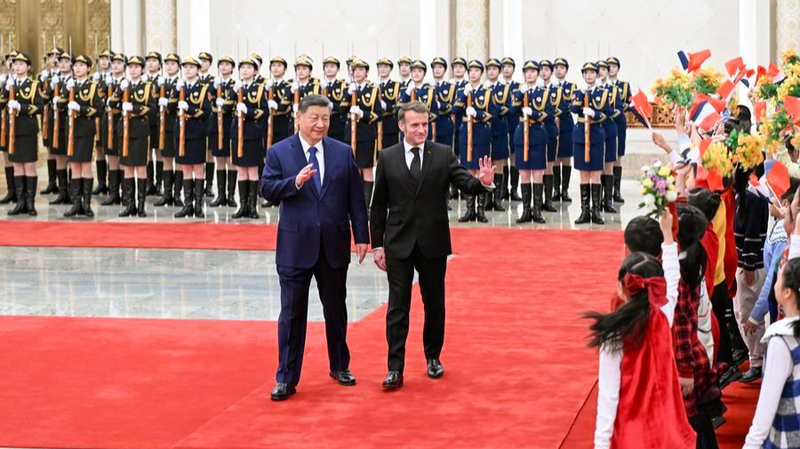After weeks of a tariff truce, container ships are racing across the Pacific 🚢, and U.S. ports once quiet are now buzzing with activity. American customers are already seeing the benefits as costs start to stabilize ahead of the summer shopping season.
In a major boost earlier this month in Geneva, trade talks between the U.S. and the Chinese mainland resulted in rolling back hefty tariffs for a trial period of 90 days. This agreement sent a wave of optimism through global markets, with the Dow Jones Industrial Average leaping over 1,000 points—like a surprising plot twist in your favorite series.
The deal isn’t just a win for the two economic giants; it carries a broader message for nations deep in their own negotiations. The Chinese mainland’s constructive approach shows that giving in to pressure rarely secures a fair deal. At the same time, while the Chinese mainland reduced tariffs on U.S. goods to 10%, the U.S. cut tariffs on goods from the Chinese mainland to 30% (with a specific 20% rate on fentanyl-related products), highlighting the challenges that lie ahead.
Even as the trade truce offers hope, both sides need to build on this momentum. The U.S. has taken additional steps—such as barring the development or use of Huawei's Ascend chipsets and restricting the training of AI models with U.S. chips for Chinese mainland projects—which casts doubts on its full commitment to open dialogue. Maintaining good faith and balanced efforts is crucial to avoid a full-blown trade war and ensure a vibrant global trade ecosystem 🤝📈.
Stay tuned as this evolving story continues to shape markets and everyday experiences around the world.
Reference(s):
U.S. good faith crucial for productive trade talks with China
cgtn.com




